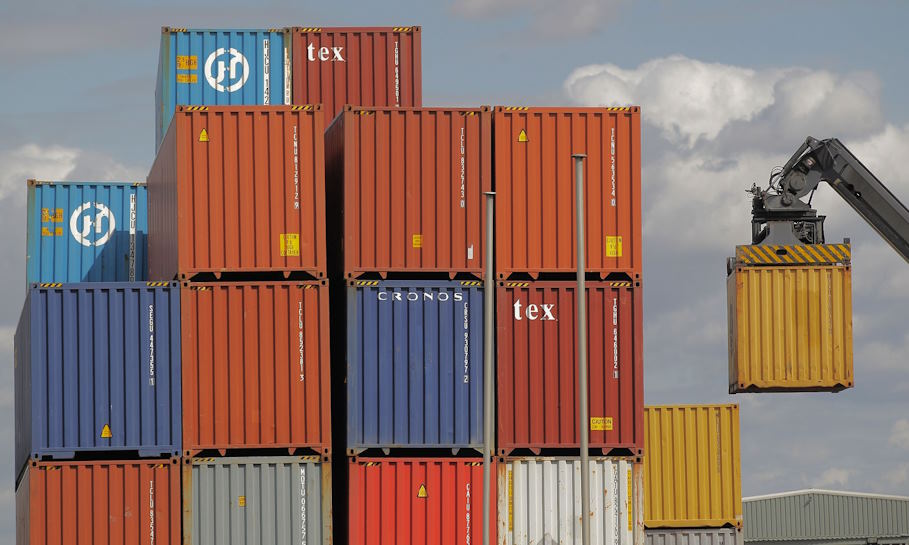In an increasingly interconnected world, the well-being of nations is undeniably intertwined, and the plight of economically disadvantaged countries reverberates far beyond their borders. As a global community, it is our moral responsibility to extend a helping hand to those in need, fostering progress and prosperity for all. However, navigating the intricate landscape of international aid is no easy feat, with an array of approaches and strategies available. From traditional foreign aid and humanitarian assistance to development initiatives and foreign direct investment, each path carries its unique advantages and challenges.
Humanitarian Aid: Extending a Lifeline in Times of Crisis
Definition and Objectives of Humanitarian Aid
Humanitarian aid represents a beacon of hope and compassion amidst the darkest moments faced by communities across the globe. Rooted in the principle of alleviating human suffering, humanitarian aid seeks to provide assistance, protection, and support to those affected by crises, be it natural disasters, armed conflicts, or other emergencies. It transcends borders and politics, driven solely by the common thread of our shared humanity. The primary objectives of humanitarian aid include saving lives, reducing suffering, preserving human dignity, and restoring a sense of normalcy to shattered lives.
Emergency Aid: Immediate Relief During Crises (Natural Disasters, Conflicts)
During times of sudden and severe crises, such as earthquakes, floods, or armed conflicts, emergency aid becomes a lifeline for the affected communities. This form of aid swiftly delivers critical resources like food, clean water, shelter, and medical supplies to those in dire need. Humanitarian organizations, often working in close coordination with local authorities, rush to provide immediate assistance, focusing on rapid response and efficient distribution. The aim is to stabilize the situation, prevent further loss of life, and address urgent needs promptly.

Non-Governmental Organizations (NGOs): Aiding the Vulnerable with Compassion
Role and Significance of NGOs in Aiding Poor Countries
Non-Governmental Organizations (NGOs) play a pivotal role in delivering humanitarian assistance and development programs to impoverished nations. Operating independently of governments, NGOs bring flexibility, innovation, and a people-centric approach to their aid efforts. Their primary mission is to address the needs of vulnerable populations, empower communities, and promote sustainable development. NGOs often work on the ground, forging deep connections with local communities, understanding their unique challenges, and tailoring interventions accordingly. Their significance lies in filling critical gaps, mobilizing resources, and acting as advocates for the rights and well-being of those in need.
Differences between NGO and Government Aid Approaches
While both NGOs and governments aim to support poor countries, there are key differences in their approaches. Government aid is often bilateral, involving direct assistance from one country’s government to another, with priorities shaped by foreign policy objectives. In contrast, NGOs are more agile and flexible, focusing on immediate needs and long-term solutions without political constraints. NGOs emphasize community involvement and empowerment, fostering ownership and sustainability, while government aid may concentrate on large-scale projects and infrastructure development.

Conditional Aid and Donor-Recipient Relationships: Striking a Delicate Balance
Definition and Nature of Conditional Aid
Conditional aid refers to the practice of attaching specific conditions to the provision of financial assistance or resources to recipient countries. Donor nations or organizations impose these conditions with the intention of achieving certain policy objectives or promoting reforms in the recipient country. These conditions may vary widely, from implementing economic reforms and human rights improvements to combatting corruption or investing in specific sectors. Conditional aid is aimed at fostering accountability, promoting good governance, and ensuring that aid is utilized effectively to address the root causes of poverty and underdevelopment.
Pros and Cons of Tying Aid to Specific Conditions
Conditional aid comes with its share of advantages and disadvantages. On the positive side, it can incentivize positive changes in recipient countries, encouraging them to pursue policies that may be challenging but necessary for long-term development. By linking aid to reform measures, conditional aid holds governments accountable and ensures that resources are directed towards the intended objectives. However, critics argue that conditionality can undermine recipient countries’ sovereignty and may lead to policy prescriptions that do not fully align with their unique needs and contexts. Additionally, the administrative burden of complying with conditions can divert resources and attention from more pressing issues.

